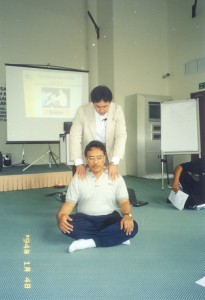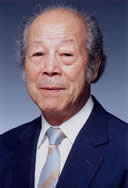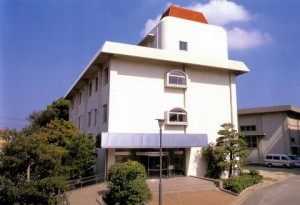
Though“Dohsa”is a Japanese word, here it is given the psychological special meaning by Naruse(1973). The concept of “Dohsa” means a holistic process of motor action which consists of the inner psychic activities and of a bodily movement. When we intend to move some parts of body, we make striving to realize the bodily movement according to our own intention. If the striving is appropriate to the movement, the intended movement can be realized. The striving which has an exact intention to move his/her some parts of body is called as a“goal directed striving”. The intended movement coincides with the goal directed striving.“Dohsa”appears as bodily movement, but it has the inner psychological activities like as an intention and a striving.
Dohsa-hou is a Japanese psychological rehabilitation method which focuses on the improvement of the motor difficulties of cerebral palsied children, has been studied by Naruse (1967). Dohsa means “the process of the subject’s own (owner’s) self striving to realize a body movement that is intended by himself. It is a psychic activity, which is a goal-directed striving, to make a realized pattern of body movements coincide with the intended pattern of motion”(Naruse, 1973). It is the subject’s self-controlling activity of his own body movement which is schematized as a process of “intention-striving-body movement” . In the process of the client’s goal-directed striving, the trainer is able to activate the client’s mind and facilitate the activity of his self through his experiencing of goal directed Dohsa (Naruse, 1985, 1992). Ono (1983) and Konno (1978) applied it to autistic and hyperactive children. It improved their posture, movement, and affective life. Kamohara (1980) and Tsuru (1982, 1985) applied Dohsa-hou to schizophrenic patients and found the quality and the consistency of their walking improved.





 Special Olympics Iran
Special Olympics Iran